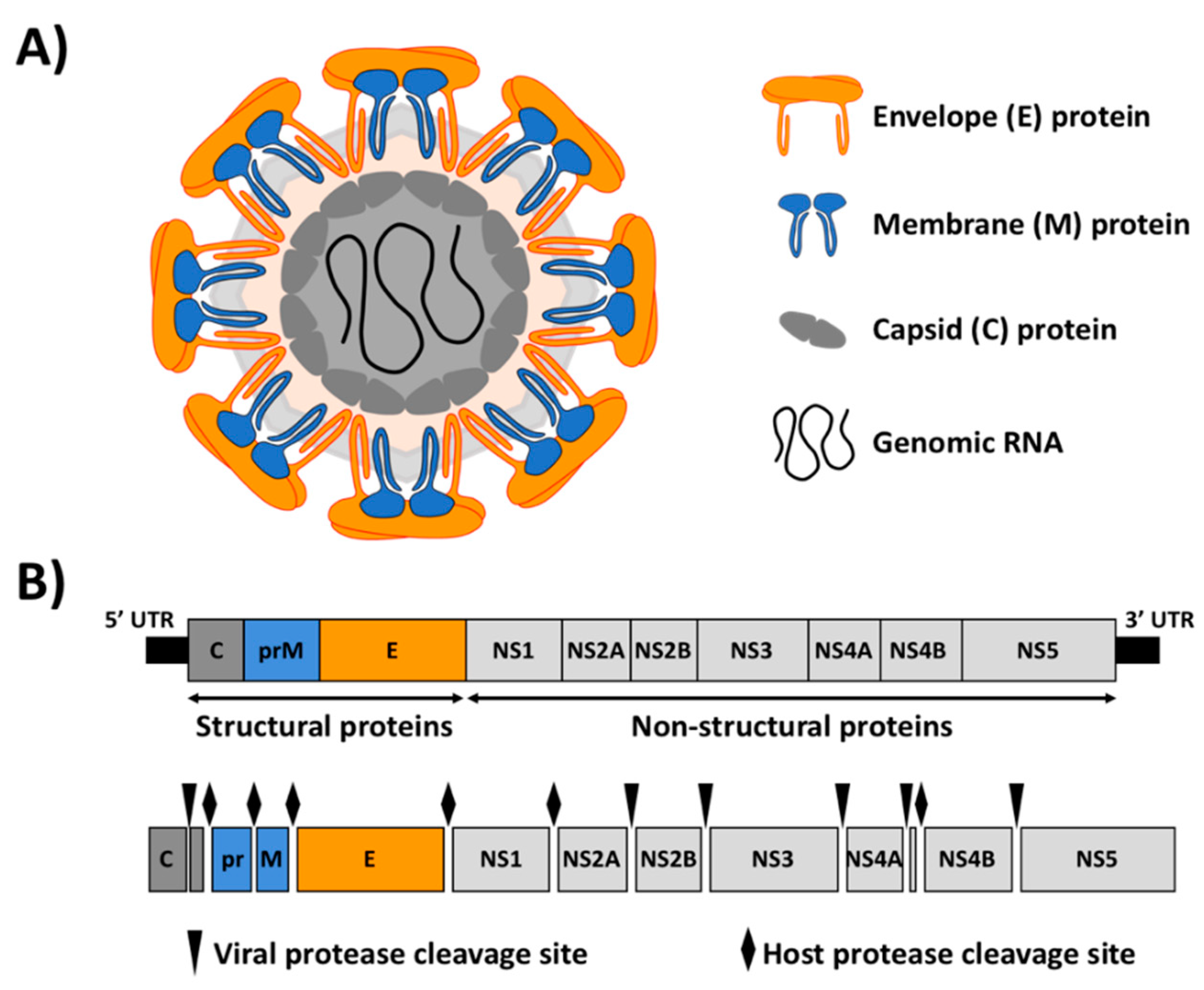|
Gadgets Gully Virus
Gadgets Gully virus (GGYV) is an arbovirus, a member of the genus ''flavivirus'' (family ''Flaviviridae'') isolated first time from a hard tick '' Ixodes uriae'', and named after Gadget's Gully on Macquarie Island Macquarie Island is an island in the southwestern Pacific Ocean, about halfway between New Zealand and Antarctica. Regionally part of Oceania and politically a part of Tasmania, Australia, since 1900, it became a Tasmanian State Reserve in 19 ... in the southwest Pacific Ocean. Antibodies to the virus have been found in humans and in several species of penguin. Certain species of seabird are thought to be the natural reservoirs of the virus. Intraspecies genetic diversity The delimitation analysis demonstrated that two isolates of GGYV available in GenBank and collected from Australia and Antarctica can be considered as two different virus species. References Flaviviruses {{Virus-stub ... [...More Info...] [...Related Items...] OR: [Wikipedia] [Google] [Baidu] |
Arbovirus
Arbovirus is an informal name for any virus that is transmitted by arthropod vectors. The term ''arbovirus'' is a portmanteau word (''ar''thropod-''bo''rne ''virus''). ''Tibovirus'' (''ti''ck-''bo''rne ''virus'') is sometimes used to more specifically describe viruses transmitted by ticks, a superorder within the arthropods. Arboviruses can affect both animals (including humans) and plants. In humans, symptoms of arbovirus infection generally occur 3–15 days after exposure to the virus and last three or four days. The most common clinical features of infection are fever, headache, and malaise, but encephalitis and viral hemorrhagic fever may also occur. Signs and symptoms The incubation period – the time between when infection occurs and when symptoms appear – varies from virus to virus, but is usually limited between 2 and 15 days for arboviruses. The majority of infections, however, are asymptomatic. Among cases in which symptoms do appear, symptoms tend to be non- ... [...More Info...] [...Related Items...] OR: [Wikipedia] [Google] [Baidu] |
Flavivirus
''Flavivirus'' is a genus of positive-strand RNA viruses in the family '' Flaviviridae''. The genus includes the West Nile virus, dengue virus, tick-borne encephalitis virus, yellow fever virus, Zika virus and several other viruses which may cause encephalitis, as well as insect-specific flaviviruses (ISFs) such as cell fusing agent virus (CFAV), Palm Creek virus (PCV), and Parramatta River virus (PaRV). While dual-host flaviviruses can infect vertebrates as well as arthropods, insect-specific flaviviruses are restricted to their competent arthropods. The means by which flaviviruses establish persistent infection in their competent vectors and cause disease in humans depends upon several virus-host interactions, including the intricate interplay between flavivirus-encoded immune antagonists and the host antiviral innate immune effector molecules. Flaviviruses are named for the yellow fever virus; the word ''flavus'' means 'yellow' in Latin, and yellow fever in turn is nam ... [...More Info...] [...Related Items...] OR: [Wikipedia] [Google] [Baidu] |
Ixodes Uriae
''Ixodes uriae'', also known as the seabird tick, is a species of parasitic tick known to infest marine birds. It is native to many high latitude areas in the northern and southern hemispheres including Alaska, Canada, Faroe Islands, Iceland, Greenland, England, Scotland, Norway, Finland, the Kola Peninsula, Russia, Patagonia, South Africa and Australia. Life cycle A study examined the life cycle of the tick in colonies of king penguin and macaroni penguin. It was found that on the king penguin, the cycle took three years and the period for engorgement was limited to 3.5–4.5 months each year even though penguins occupied the site throughout the year. The ticks nearly all overwintered in the unengorged state. In contrast, the cycle took two years in the macaroni penguin in consequence of the rather different timetable of occupation of the colony for breeding and moulting in this species. A study in an Adelie penguin colony found that the tick had alternate periods of feeding a ... [...More Info...] [...Related Items...] OR: [Wikipedia] [Google] [Baidu] |
Macquarie Island
Macquarie Island is an island in the southwestern Pacific Ocean, about halfway between New Zealand and Antarctica. Regionally part of Oceania and politically a part of Tasmania, Australia, since 1900, it became a Tasmanian State Reserve in 1978 and was inscribed as a UNESCO World Heritage Site in 1997. It was a part of Esperance Municipality until 1993, when the municipality was merged with other municipalities to form Huon Valley Council. The island is home to the entire royal penguin population during their annual nesting season. Ecologically, the island is part of the Antipodes Subantarctic Islands tundra ecoregion. Since 1948, the Australian Antarctic Division (AAD) has maintained a permanent base, the Macquarie Island Station, on the isthmus at the northern end of the island at the foot of Wireless Hill. The population of the base, constituting the island's only human inhabitants, usually varies from 20 to 40 people over the year. A heliport is located nearby. In ... [...More Info...] [...Related Items...] OR: [Wikipedia] [Google] [Baidu] |
Arboviruses
Arbovirus is an informal name for any virus that is transmitted by arthropod vectors. The term ''arbovirus'' is a portmanteau word (''ar''thropod-''bo''rne ''virus''). ''Tibovirus'' (''ti''ck-''bo''rne ''virus'') is sometimes used to more specifically describe viruses transmitted by ticks, a superorder within the arthropods. Arboviruses can affect both animals (including humans) and plants. In humans, symptoms of arbovirus infection generally occur 3–15 days after exposure to the virus and last three or four days. The most common clinical features of infection are fever, headache, and malaise, but encephalitis and viral hemorrhagic fever may also occur. Signs and symptoms The incubation period – the time between when infection occurs and when symptoms appear – varies from virus to virus, but is usually limited between 2 and 15 days for arboviruses. The majority of infections, however, are asymptomatic. Among cases in which symptoms do appear, symptoms tend to be non-spec ... [...More Info...] [...Related Items...] OR: [Wikipedia] [Google] [Baidu] |



.jpg)
